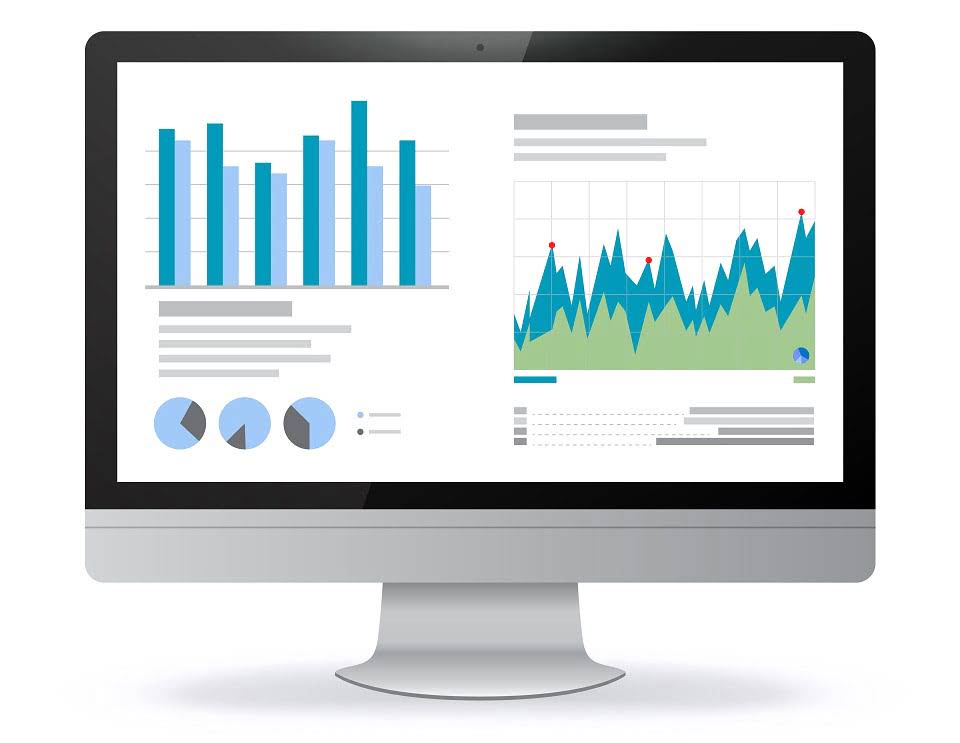
Optimize inventory valuation, cut costs, and improve your business’s financial accuracy. An asset management technique, in which the actual issue or sale of goods from the stores is made from the oldest lot on hand is known as First in, first out or FIFO. It follows a chronological order, i.e. it first disposes of the item that is placed in the inventory first. That is why this method of inventory valuation is regarded as the most appropriate and logical one. Gross income is calculated by subtracting the cost of goods sold from a company’s revenue for a given period.
Lower inventory value on financial statements
The last in, first out (LIFO) accounting method assumes that the latest items bought are the first items to be sold. With this accounting technique, the fifo lifo costs of the oldest products will be reported as inventory. Choosing the right inventory accounting method can significantly influence a company’s financial health and tax obligations. FIFO (First-In, First-Out) and LIFO (Last-In, First-Out) are two prevalent methods that businesses use to manage their inventories.

Simpler and More Logical Inventory Flow

In sectors where older stock holds its value, FIFO might inflate reported profits and distort financial projections compared to methods like LIFO or weighted average cost. FIFO bases COGS on older inventory costs, which may not accurately reflect the actual cost of replacing stock. During times of significant price fluctuations, financial reports may overestimate profitability, giving a misleading picture of actual margins. The Weighted Average Cost method smooths out price fluctuations by averaging the cost of all inventory items.
- Businesses would select any method based on the nature of the business, the industry in which the business is operating, and market conditions.
- Below, we’ll break down the formulas for FIFO and LIFO, along with how to calculate the value of the remaining inventory under each method.
- Each approach has distinct advantages and drawbacks, affecting everything from profit margins to tax liabilities.
- By continuously rotating stock and ensuring that older items are sold first, FIFO minimizes losses from expired or outdated inventory.
- When all of the units in goods available are sold, the total cost of goods sold is the same, using any inventory valuation method.
- FIFO stands for “first in, first out,” where older inventory is sold before newer inventory.
- Although a business’s real income and profits are the same, using FIFO or LIFO will result in different reported net income and profits.
Final Thoughts: Evaluating LIFO and FIFO
- This approach mirrors the natural flow of inventory, making sure older products are used before they expire or become obsolete.
- In this case, the store sells 100 of the $50 units and 20 of the $54 units, and the cost of goods sold totals $6,080.
- This is achieved because the LIFO method assumes that the most recent inventory items are sold first.
- LIFO stands for “last in, first out,” where newer inventory is sold before older inventory.
- Below, see how each method is applied to the same inventory purchases and sales, leading to different financial outcomes.
- The First-In, First-Out (FIFO) method is an inventory valuation approach used in accounting to manage and assess the cost of inventory.
It’s useful for retail companies that need to stay on top of trends and quickly sell fashionable items. With LIFO, the purchase price begins with the most recently purchased goods and works backward. In addition, consider a technology manufacturing company that shelves units that may not operate as efficiently with age. Serious investors must understand how to assess the inventory line item when comparing companies across industries—or companies in their own portfolios. Geraldo Signorini is Tractian’s Global Head of Platform Implementation, leading the integration of innovative industrial solutions worldwide. With a strong background in reliability and asset management, he holds CAMA and CMRP certifications and serves as a Board Member at SMRP, contributing to the global maintenance community.
- Another advantage is that there’s less wastage when it comes to the deterioration of materials.
- Contrarily, LIFO is preferable in economic climates when tax rates are high because the costs assigned will be higher and income will be lower.
- Amid the ongoing LIFO vs. FIFO debate in accounting, deciding which method to use is not always easy.
- FIFO leaves the newer, more expensive inventory in a rising-price environment, on the balance sheet.
- Since LIFO assigns the most recent (often highest-priced) inventory to the COGS, it helps companies reduce taxable income during periods of inflation.

However, the reduced profit or earnings means the company would benefit from a lower tax liability. Big-box retailers, supermarkets, and wholesalers that keep large stocks of non-perishable goods sometimes utilize LIFO. This method helps counter increasing supplier costs by expensing the latest purchases first, which in turn lowers reported profits and tax obligations.
Step 2: Determine the number of units sold

Let’s assume that a sporting goods store begins the month of April with 50 baseball gloves in inventory and purchases an additional 200 gloves. Goods available for sale totals 250 gloves, and the gloves are either sold Partnership Accounting (added to cost of goods sold) or remain in ending inventory. If the retailer sells 120 gloves in April, ending inventory is (250 goods available for sale – 120 cost of goods sold), or 130 gloves. LIFO (Last In, First Out) assumes that the newest inventory is sold first, meaning that the latest purchase prices are assigned to COGS, while the older inventory remains on the balance sheet.
- However, because LIFO is not permitted under IFRS, it is primarily used by U.S.-based companies following GAAP accounting standards.
- Since the economy has some level of inflation in most years, prices increase from one year to the next.
- This approach aligns with the actual flow of goods in many industries, ensuring that the cost of goods sold reflects the earliest purchase prices.
- The Weighted Average approach smooths out price fluctuations by averaging the cost of all inventory items available for sale during the period.
- If reducing taxable income is a priority for your financial strategy, LIFO may be beneficial—if allowed in your region.
- Depending on the actual shelf life, this may not reflect the real value of the company’s inventory.
Balance sheet shows higher inventory value
The Weighted Average method smooths out price fluctuations by averaging the contra asset account cost of all inventory items available for sale. This approach is particularly useful for businesses with homogeneous inventory items. However, the weighted average cost method may not always reflect the actual flow of goods, especially in businesses where specific identification of inventory is crucial. Unlike FIFO and LIFO, which assume a specific order of inventory usage, the weighted average cost method assumes a blending of costs. This can sometimes result in less precise matching of costs with revenues when compared to the other methods.
Using FIFO for inventory valuation
This method is based on the assumption that the last item placed in the inventory will be sold out first, i.e. reverse chronological order will be followed in issuing inventory from the stores. Kristen Slavin is a CPA with 16 years of experience, specializing in accounting, bookkeeping, and tax services for small businesses. A member of the CPA Association of BC, she also holds a Master’s Degree in Business Administration from Simon Fraser University. In her spare time, Kristen enjoys camping, hiking, and road tripping with her husband and two children.
Comentários